Introduction
Ranch seasoning is a dry spice blend made from specific herbs and spices. The core ingredients include dried parsley, dill, garlic powder, onion powder, mustard seed, salt, black pepper, and chives. This versatile blend is used in dressings, dips, and as a seasoning for various dishes.
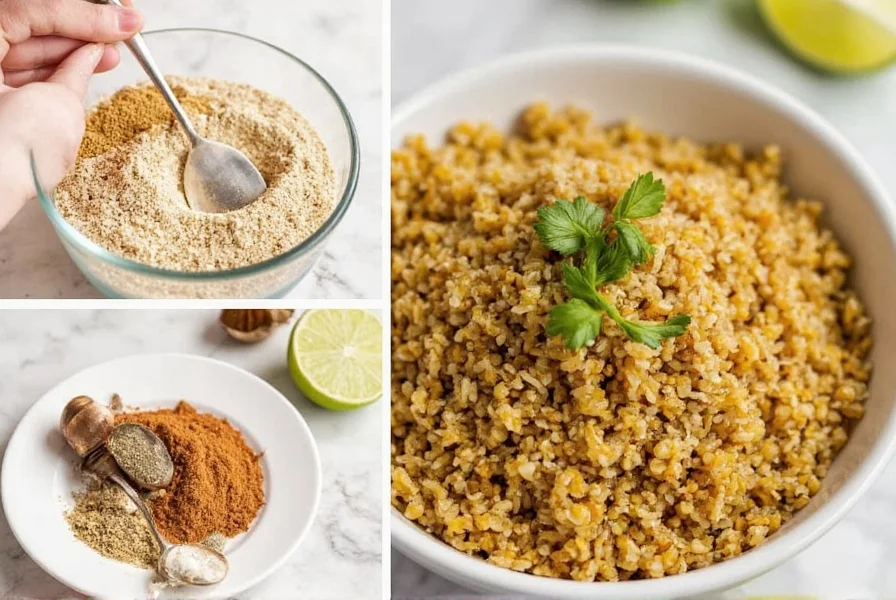
Core Ingredients in Ranch Seasoning
Here's a detailed breakdown of the key components that create ranch's signature flavor profile:
- Dried Parsley: Adds freshness and mild bitterness to balance richer flavors.
- Dried Dill: Lends that bright, grassy note that gives ranch its herbal backbone.
- Garlic Powder: The heart of ranch's savory, umami punch.
- Onion Powder: Enhances sweetness and complexity without the bite of fresh onions.
- Mustard Seed: Provides a subtle earthiness and depth.
- Salt: The universal enhancer of all other flavors.
- Black Pepper: Adds warmth and sharpness to round out the profile.
- Dried Chives: Contributes onion-like notes with a softer finish.
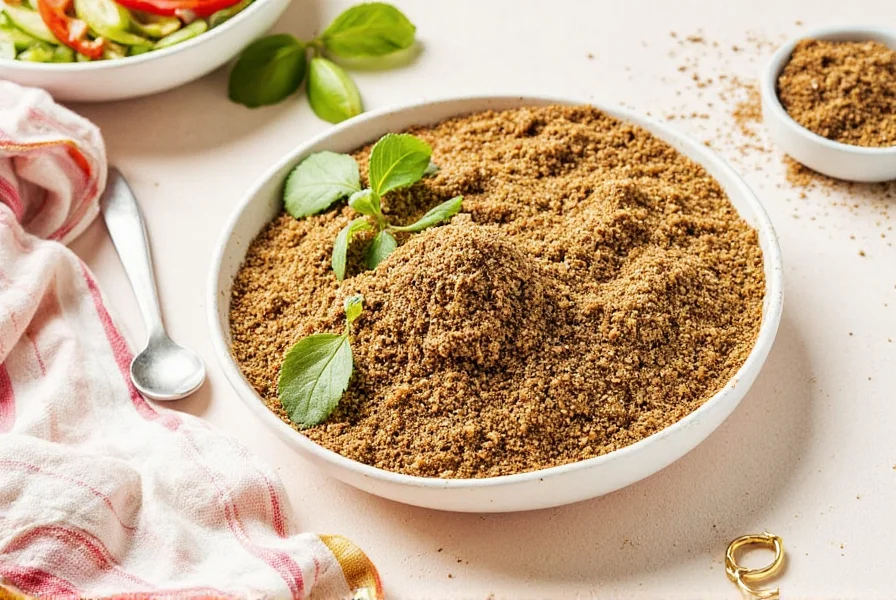
The History of Ranch Seasoning
The story of ranch begins in the early 1950s when Steve Henson, a plumbing contractor turned chef, created a buttermilk-based dressing using a blend of herbs and spices while working in Alaska. The recipe became wildly popular among his coworkers, and when he and his wife moved to California, they opened a dude ranch called Hidden Valley. There, he started selling the seasoning mix separately, allowing customers to make their own dressing by adding mayonnaise and sour cream. This marked the birth of commercial ranch seasoning.
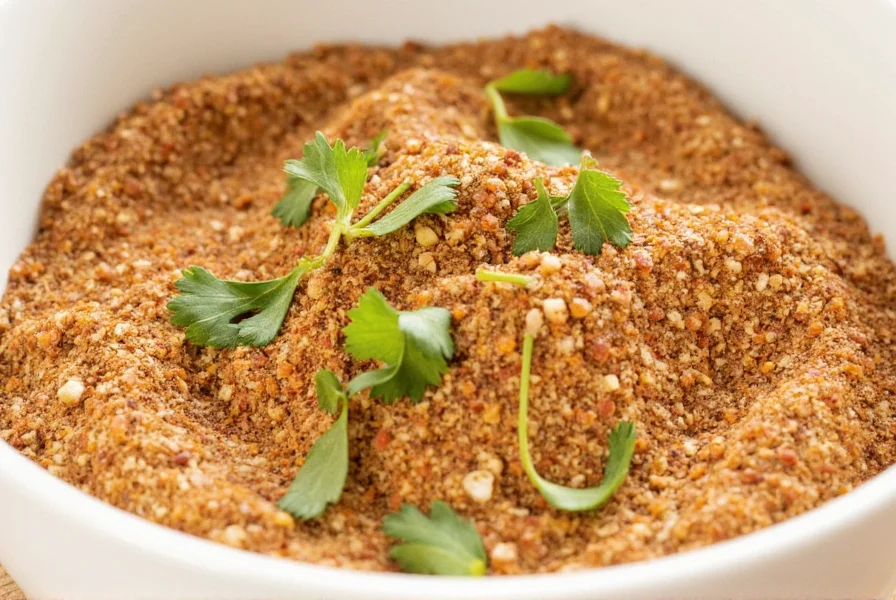
Ranch vs. Other Seasonings: A Comparison Table
| Seasoning Type | Main Flavors | Best For | Common Ingredients |
|---|---|---|---|
| Ranch | Herbaceous, garlic, onion, tangy | Dressings, dips, roasted veggies | Parsley, dill, garlic powder, onion powder, chives, salt |
| Taco Seasoning | Spicy, smoky, savory | Mexican dishes, meats, beans | Cumin, chili powder, paprika, oregano, garlic powder |
| Lemon Pepper | Zesty, peppery | Seafood, grilled chicken | Black pepper, lemon zest, salt |
| Italian Seasoning | Earthy, aromatic | Pasta, breads, sauces | Oregano, basil, thyme, rosemary, marjoram |
| Cajun Seasoning | Hot, spicy, bold | Gumbo, jambalaya, fried foods | Paprika, cayenne, garlic, onion, thyme, black pepper |
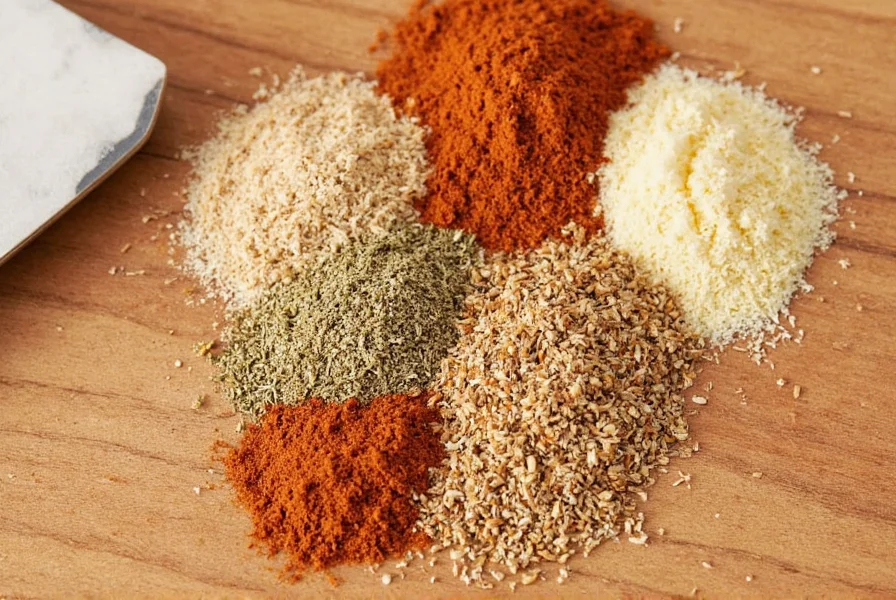
How to Make Homemade Ranch Seasoning
Want to skip the store-bought stuff and customize your own blend? Making homemade ranch seasoning is easier than you think—and you get full control over the quality and sodium levels. Here's a simple recipe:
DIY Ranch Seasoning Recipe
- 2 tbsp dried parsley
- 1 tbsp dried dill
- 1 tbsp garlic powder
- 1 tbsp onion powder
- 1 tsp mustard seed (ground or whole)
- 1 tsp salt
- ½ tsp black pepper
- 1 tsp dried chives (optional)
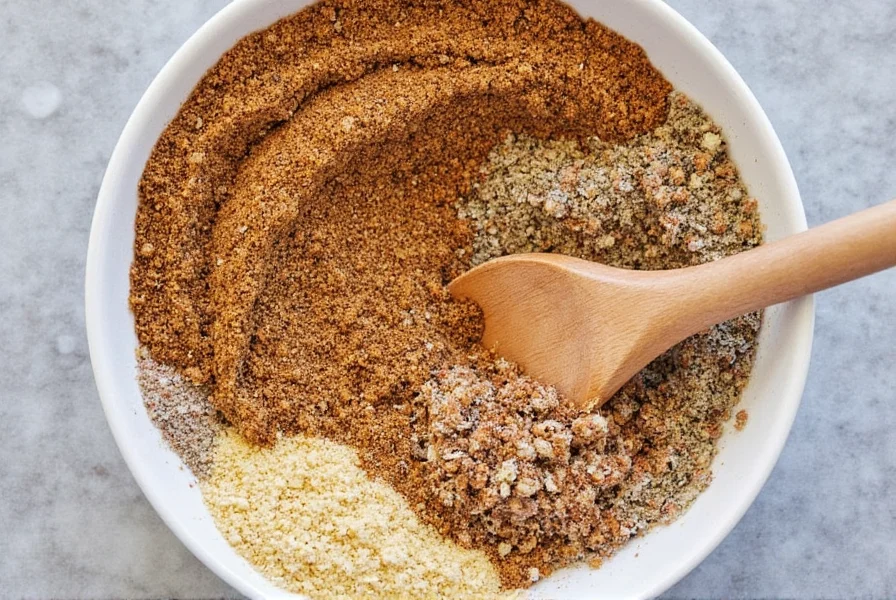
Instructions:
- Combine all ingredients in a small bowl or jar.
- Shake or stir until well mixed.
- Store in an airtight container away from direct sunlight.
- To make ranch dressing: Add 2–3 tablespoons of the mix to 1 cup of mayonnaise or Greek yogurt, plus ¼ cup buttermilk or sour cream. Stir well and chill before serving.
Buying Guide for the Best Ranch Seasoning Brands
If you prefer buying ranch seasoning off the shelf, here's a curated list of top-rated brands along with their features, advantages, and ideal uses:
| Brand | Key Features | Advantages | Best For | Occasions |
|---|---|---|---|---|
| Hidden Valley Original Ranch | The OG brand, made famous by the Hidden Valley Ranch | Authentic flavor, widely available | Classic ranch lovers | Weekend barbecues, potlucks |
| Kraft Classic Ranch | Consistent quality, budget-friendly | Easy to find in grocery stores | Families and casual cooking | Everyday meals |
| Simply Organic Ranch Seasoning | Organic, non-GMO, gluten-free | Great for health-conscious users | Vegans, organic foodies | Healthy dinners, meal prep |
| McCormick Ranch Seasoning Mix | Perfectly balanced, trusted brand | High-quality ingredients, affordable | Cooking enthusiasts | Holiday parties, game days |
| Trader Joe's Ranch Seasoning | Unique blend, great value | Distinctive flavor, no additives | Foodie explorers | Snacking and sharing |
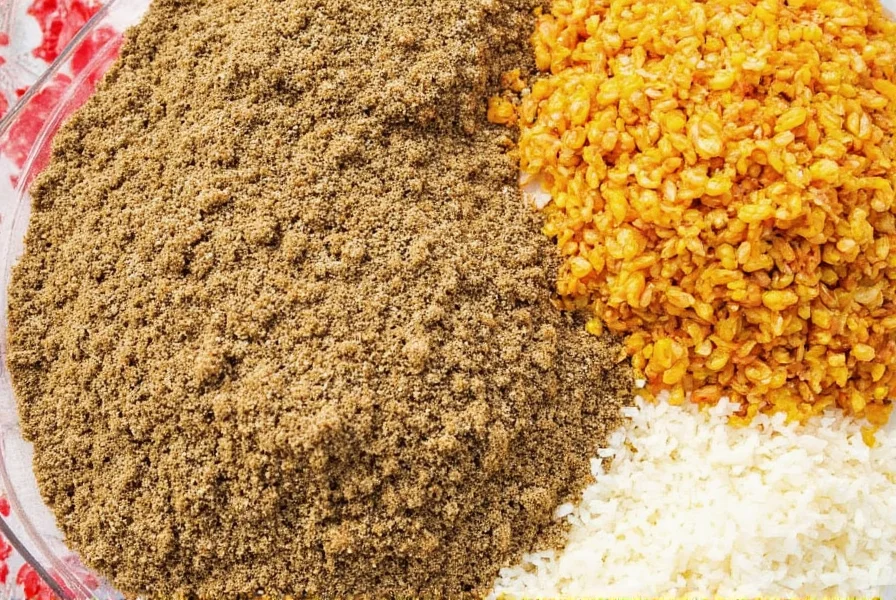
What to Look For When Buying:
- Low Sodium Options: Check for reduced-sodium versions if watching salt intake.
- Gluten-Free Certification: Important for those with sensitivities.
- No Artificial Additives: Clean labels are always a bonus.
- Vegan-Friendly: Some blends contain dairy; check carefully.
Creative Uses for Ranch Seasoning Beyond the Salad
Think ranch seasoning is only for dressings? Think again! Here are some unconventional yet delicious ways to use it:
- Ranch Popcorn: Sprinkle generously over freshly popped corn for a savory snack.
- Ranch Fries: Toss fries with a little oil and ranch seasoning before baking.
- Ranch Chicken: Use it as a dry rub before grilling or baking chicken breasts.
- Ranch Dipper Eggs: Boil eggs, slice them, and dip in a mix of ranch seasoning and mayo.
- Ranch Hummus: Mix a tablespoon into regular hummus for a flavor twist.
- Ranch Roasted Veggies: Toss broccoli, cauliflower, or carrots with oil and seasoning before roasting.
- Ranch Cornbread: Add to the batter for a herby kick in your next batch.
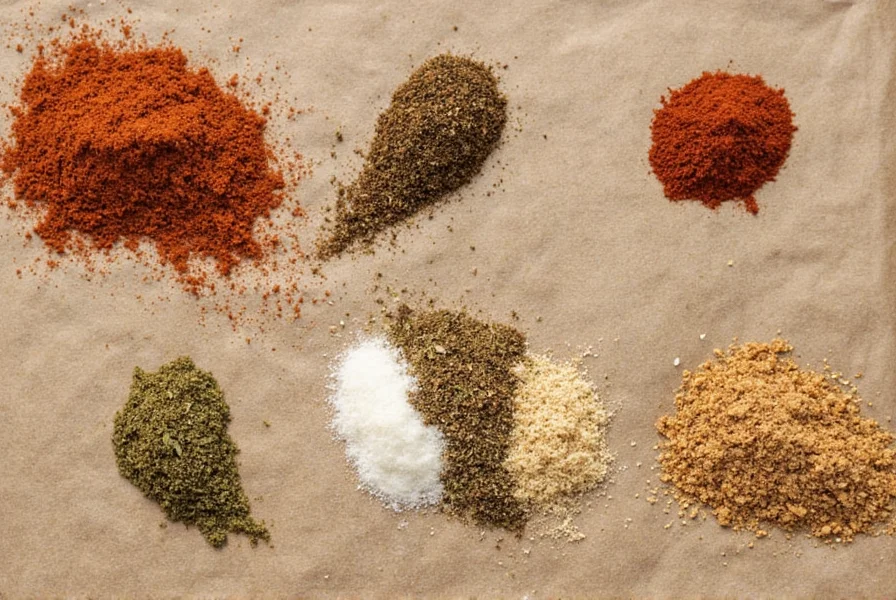
Allergen & Dietary Considerations
While most ranch seasoning blends are naturally free of major allergens, always double-check the label, especially if purchasing pre-made mixes. Some common allergens or concerns include:
- Dairy: Some commercial blends contain buttermilk solids or cheese powder.
- Gluten: Rare, but certain brands may process in facilities that handle wheat.
- Additives: Watch out for preservatives like disodium inosinate or artificial colors.
Frequently Asked Questions
What are the main seasonings in ranch dressing?
The core seasonings in ranch dressing include dried parsley, dried dill, garlic powder, onion powder, chives, mustard seed, salt, and black pepper. These ingredients combine to create ranch's signature tangy, herbaceous flavor profile. While store-bought ranch dressing contains these seasonings along with buttermilk, sour cream, and mayonnaise, ranch seasoning mix typically contains just the dry spice components without the dairy or oil elements.
Is ranch seasoning the same as dry ranch dressing mix?
Yes, ranch seasoning and dry ranch dressing mix are essentially the same product. The term "seasoning" emphasizes its use as a spice blend you can sprinkle on foods directly, while "dressing mix" highlights its traditional use for making dressing when combined with buttermilk, sour cream, or mayonnaise. Both contain the same core herb and spice ingredients but don't include the wet components of finished ranch dressing.
Can I make ranch seasoning without buttermilk?
Absolutely. Ranch seasoning itself is a dry spice blend that doesn't contain buttermilk. Buttermilk is only used when you're making ranch dressing from the seasoning mix. The seasoning blend consists entirely of dried herbs and spices. If you're making ranch dressing and need a buttermilk substitute, you can use alternatives like plain yogurt mixed with milk, or sour cream diluted with water.
How long does homemade ranch seasoning last?
When stored properly in an airtight container away from heat and sunlight, homemade ranch seasoning typically lasts 6-12 months. Dried herbs and spices gradually lose potency over time, so for best flavor, try to use it within 6 months. The shelf life depends on the freshness of your individual ingredients when you make the blend. Store-bought versions usually have a longer shelf life due to preservatives.
What's the difference between ranch seasoning and Hidden Valley Ranch mix?
Hidden Valley Ranch is the original commercial brand of ranch seasoning, created at the Hidden Valley Ranch in California. While "ranch seasoning" refers to the general category of this spice blend, Hidden Valley Ranch is a specific product. Most other brands aim to replicate the Hidden Valley formula, though there may be slight variations in ingredient proportions or additional components. Hidden Valley's version tends to have a more pronounced garlic and dill flavor profile compared to some other brands.
Why does my homemade ranch taste different from store-bought versions?
Several factors could cause this difference: commercial brands often use specific ratios of ingredients that home recipes might not replicate exactly, they may include additional flavor enhancers like MSG or citric acid for tanginess, and they typically use industrial grinding processes that create a finer, more consistent texture. For a closer match to store-bought flavor, try adding a small amount of citric acid (for tang) or nutritional yeast (for depth), and make sure your dried herbs are fresh.
Can I use fresh herbs instead of dried in ranch seasoning?
For a dry seasoning mix, dried herbs are essential because fresh herbs contain moisture that would cause the blend to spoil. However, if you're making fresh ranch dressing (not a dry seasoning mix), you can absolutely use fresh herbs. Just remember that fresh herbs are milder than dried—you'll need about three times the amount of fresh herbs to match the potency of dried. For a dry seasoning blend, dried herbs are necessary for shelf stability and proper flavor concentration.
Conclusion
There you have it—the complete breakdown of what seasonings are in ranch and why this iconic blend continues to reign supreme on pantry shelves across the country. From its humble beginnings at a California ranch to its modern-day status as a kitchen staple, ranch seasoning has earned its place in culinary history.
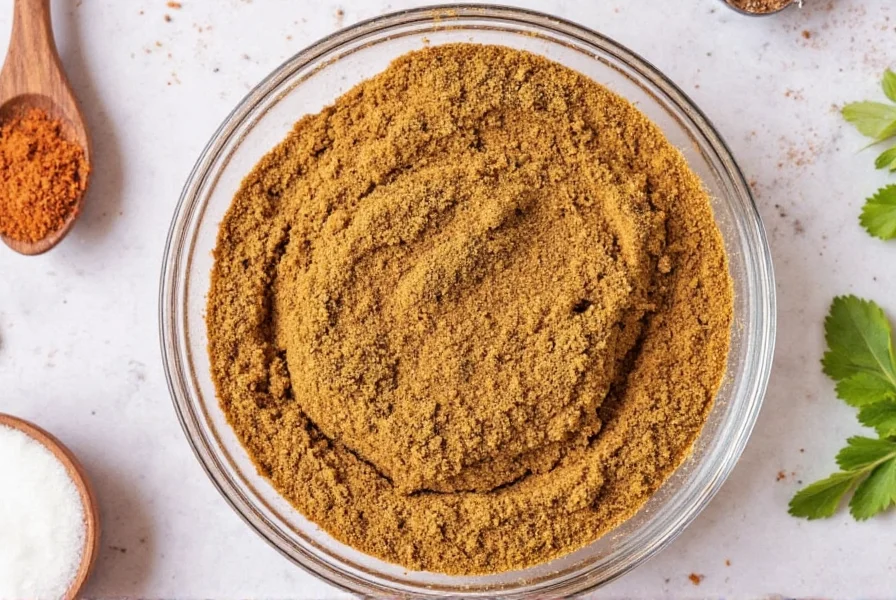
Whether you buy it or make it yourself, there's no denying the magic of that perfect balance of herbs, garlic, and tang. And now that you know the secrets inside that shaker, you can start experimenting with new ways to bring that ranch magic to life—on your fries, your chicken, or even your breakfast toast.
So go ahead, shake it up, and let your inner flavor explorer run wild. Because with ranch seasoning in your arsenal, every meal just got a little more interesting.

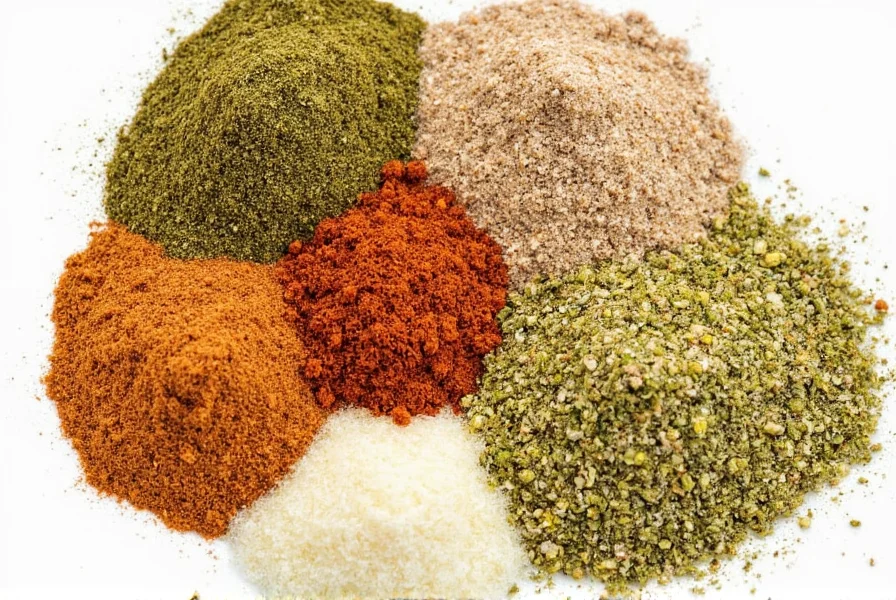









 浙公网安备
33010002000092号
浙公网安备
33010002000092号 浙B2-20120091-4
浙B2-20120091-4